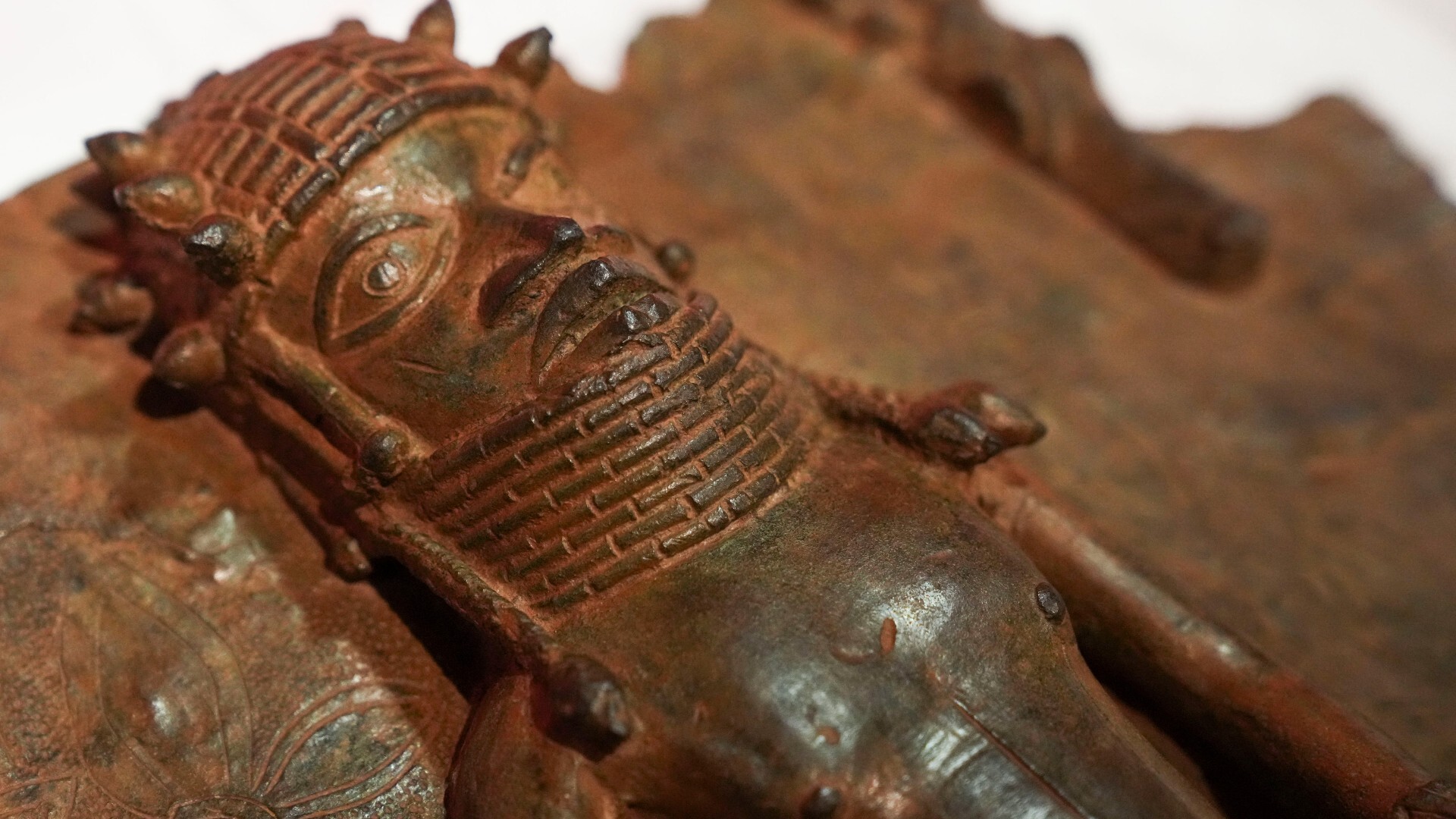At least 27 dead after Hurricane Otis hits Mexico’s Acapulco
One of the most powerful storms to ever hit Mexico left a trail of destruction in the beach town of 900,000.
At least 27 people have been killed after Hurricane Otis, one of the most powerful storms to ever hit Mexico, struck the Pacific beach resort of Acapulco.
Otis, with winds of 270 kilometres per hour (165 miles per hour), ripped roofs from homes and hotels, tore trees from the ground, and largely cut off communications and road links with the region.
Some hospitals were forced to evacuate patients amid flooding that inundated streets and left cars submerged in a trail of wreckage across the city of nearly 900,000 people.
“What Acapulco suffered was really disastrous,” President Andres Manuel Lopez Obrador told a press conference in Mexico City on Thursday.
Many of those killed were swept away in overflowing rivers, according to authorities. Four people remain missing. The government has not said how many were injured but has declared a state of emergency in the region.
In a matter of hours, Otis intensified from a tropical storm to the most powerful category of the five-step Saffir-Simpson scale before hitting land, taking authorities by surprise.
“It’s unprecedented in the country in recent times, not only because of the way it strengthened so quickly but also the magnitude of the hurricane,” Lopez Obrador said.

The World Meteorological Organization described the hurricane as “one of the most rapidly intensifying tropical cyclones on record”.
‘Three hours of terror’
People in Acapulco recounted a terrifying ordeal as Otis made landfall overnight early on Wednesday.
“The building shook as if there was an earthquake,” Citlali Portillo, a tourist accommodation manager, told the television channel Televisa, saying she had taken shelter in a bathtub.
Erik Lozoya, a professional magician, said he endured “three hours of terror” with his wife and two baby daughters in an Acapulco hotel room as the hurricane smashed through the windows and swept through the building with deafening intensity.
“It literally felt as though our ears were going to explode,” said the 26-year-old, who barricaded himself in a bathroom with his family and four others. “We saw mattresses, water tanks flying. The ceiling began to cave in.”
Some residents slogged for hours through mud and debris in an attempt to find food and shelter.
“Acapulco is a total disaster. It is not what it was before,” said 24-year-old Eric Hernandez.
“The shops had all been looted, people were fighting for things. So we decided to walk as there wasn’t anything left there,” he said.
Lopez Obrador travelled to Acapulco late on Wednesday by road, changing his vehicle more than once because of landslides and floods caused by the storm.
One social media post showed him sitting in a military jeep stuck in mud.
On Thursday afternoon, the government said the air traffic control tower of Acapulco’s international airport was up and running again and that an air bridge enabling tourists to reach Mexico City would be operating from Friday.

Mexican authorities said Otis was the most powerful storm ever to strike Mexico’s Pacific coast.
The defence ministry said nearly 8,400 members of Mexico’s army, air force and national guard had been deployed in and around Acapulco to assist in the cleanup.
Acapulco is the biggest city in the southern state of Guerrero, one of the poorest in Mexico. The local economy depends heavily on tourism, and Otis caused extensive damage to some of the most famous hotels on the city’s coast.
Calling the storm “totally devastating”, Guerrero Governor Evelyn Salgado said 80 percent of the city’s hotels had been hit by the storm and that authorities were working to restore electricity and reactivate drinking water pumps.




